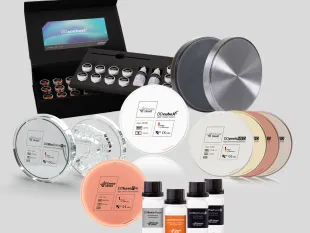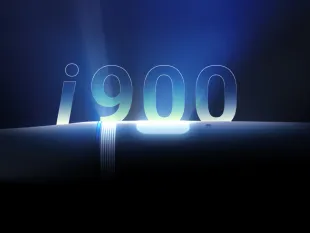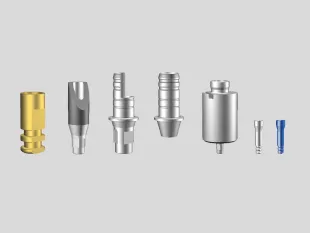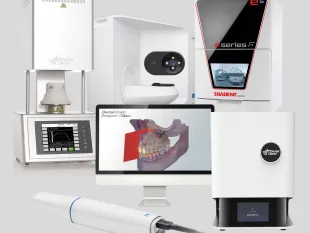The term "Durchläufer" (translated as "Road-Runner") comes from the nomenclature for mechanical laboratory testing of implants and their prosthetic restoration. In a continuous load test, the implant is subjected to cyclic loading under unfavourable conditions until it fails or "runs through".
A proverb says: "Never trust a test you have not faked yourself".
For most dental medical devices, standardized tests are provided to prove clinical suitability. Medical manufacturers who position themselves as long-term and reliable partners will certainly not follow the proverbial advice to "fudge" results. Important insights into the function of the products can be gained from the tests, which are essential for application and patient safety. However, the results of different manufacturers, even though tests were conducted according to the same standard, cannot always be compared 1:1 on the basis of data sheet values. The test conditions, such as sample preparation and test setup, can vary and thus produce different results. In the spirit of our lived transparency, as in our glass production, we would like to give you an insight into our working methods when testing DD Solid Connect® abutments.
Performance tests are particularly important for individual abutments
Individual abutments offer many treatment advantages and must meet high standards of function and durability. Dental implants and components are exposed to constant chewing forces. During mastication, depending on the position in the dentition, high loads occur which the implant and abutment must be able to withstand. To simulate this stress, cyclic load tests (Dentistry - Implants - Dynamic load test for endosseaous dental implants according to ISO 14801) are performed. During development, these tests provide valuable information on the ideal design and are a prerequisite for the approval and preclinical evaluation of the finished products.
Dynamic load test for endosseous dental implants according to ISO 14801 (simplified representation)
Details
The "Road-Runner" described in the standard refer in our case to at least three implants with abutment and screw connection from a series of at least 10. They must withstand a limit oscillation cycle of 15hz, 5 million cycles at the same force (Newton N) without breaking or cracking. The standard-compliant, individual abutments are manufactured from our DD Solid Connect® Prefabs on a LabTEC 3.50i (i.mes i.core).
Before and after comparison
We destroy the intact "Road-Runner" after the 5 million cycle marathon with a renewed static force. In this way we gain additional information about possible signs of aging, such as a loosening of screws.
Worst case scenario
The behaviour under extreme conditions is particularly revealing. For this reason, we choose an unfavorable angulation of 30°, which usually exceeds the maximum permitted angulation of the implant manufacturer. At the same time, a low embedding depth is simulated.











